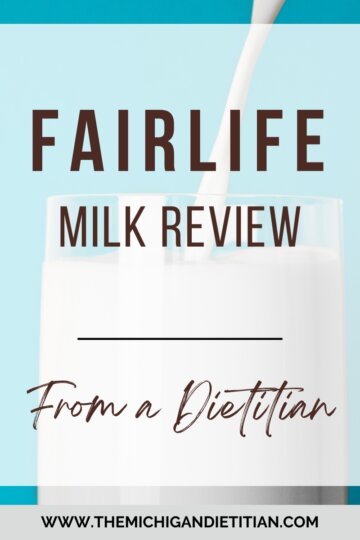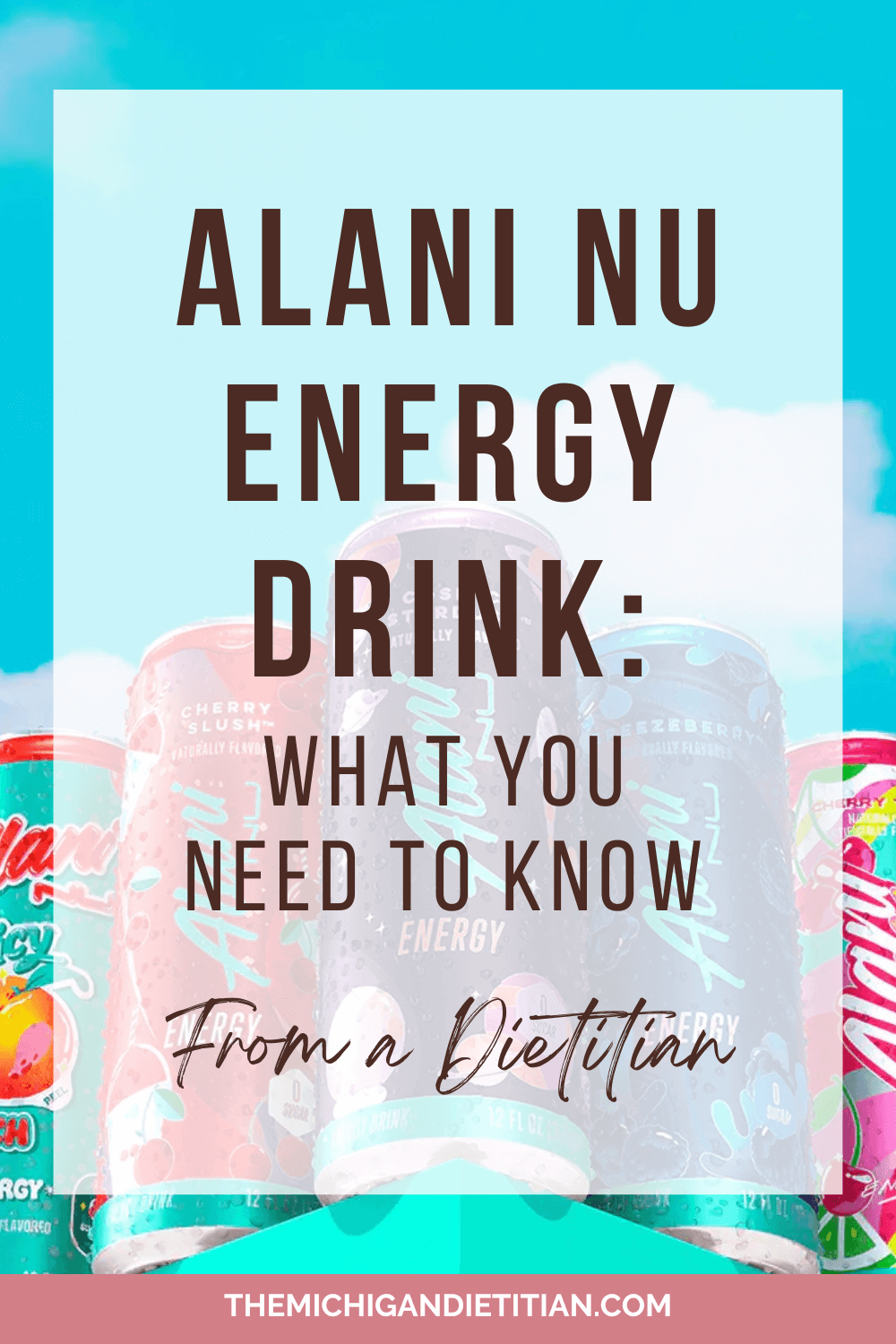There are endless milk alternatives on the market today. Knowing their nutrition and tastes is the best way to remove cows milk from your diet.
Milk Alternatives vs Cow’s Milk
If you read an ingredient label on a gallon of milk it will simple state that it contains milk. Well duh- I would hope so? But what is milk? A milk is basically any fluid that contains vitamins and minerals with fats and proteins.
Really, a glass of milk from a cow or a different source is still just considered milk.
The Scoop on Alternative Milks
Looking for a cows milk replacement because someone told you it is bad for you or because you don’t like the taste? Well, now there’s a plethora of alternatives to cows milk available on the market (and some are easy to make at home, too!).
Each option has a different nutrition value and different benefits. Some taste dramatically different. Your best option is to learn what is available and what you prefer.

How It’s Made
The exact process can slightly vary depending on type of milk and even the brand it is being created by. A common way many alternative milks are made are by:
- Purchasing nuts or seeds
- Soaking them overnight
- Crushing them using a blender or food processor
- Straining with cheesecloth
- Enjoy!
Almond Milk
Almond milk is one of the most favorite go-to’s. It’s simple and nutty taste makes for a discrete addition to your recipe or drink.
When purchasing an almond milk be sure to check the ingredient list. Some manufacturers will add carrageenan in order to improve the texture. This isn’t something to be afraid of just know that the way it works may lead to some..laxative effects.
At one point the sustainability aspect of almonds and their high water need was hugely advertised. Articles urged almond milk drinkers to be aware of the high water usage of almond trees and how it is not environmentally friendly. California is a large producer of almonds because it has an ideal environment for their growth. Nearly 8% of California’s water is used specifically for their almond trees!1 Although this seems large it is still less than what is needed for dairy milk.
My recommendation is that if you love almond milk but are concerned for its environmental effects, sustainably source your almond and make your own at home!

In your average 1 cup (240ml) of almond milk you can find its nutrition to look like:
Calories: 30
Protein: 1g
Carbs: 1g
Fat: 3g
Soy Milk
Soy milk is one of the more popular milk alternatives but not the most popular choice. It is one of the most popular recommendations for dietitians. Soy milk has a similar nutritional value compared to cows milk.

In your average 1 cup (240ml) of soy milk you can find its nutrition to look like:
Calories: 125
Protein: 10g
Carbs: 12g
Fat: 5g
As you can see it provides substantially more protein per serving when comparing it to almond and oat milks. Another perk of soy milk is that it is a complete protein. This simply means you are able to get all 9 essential amino acids from this one source.
p.s. as a retired barista I can tell you that the fat content in soy milk makes it the superior alternative milk for the frothiest coffee!
Oat Milk
The options for oat milk’s on the market are endless now. It’s creamy texture makes it perfect for a latte! Although it is simple to make your own (check out this simple how-to YouTube video by The Green Creator), you can now find varieties with simple ingredients in your local grocery store and even on Amazon! My absolute favorite brand of oat milk is Willa’s. They include the whole oat in their milk (organic and non-GMO, of course), providing deep nutrition and elevated taste! Plus, they are a small, wholesome business and who doesn’t love that. You can even buy a 6-pack of their shelf stable oat milk right off Amazon!
Check out my Hearty Banana Nut Muffin I created using Willa’s Oat Milk!

In your average 1 cup (240ml) of oat milk you can find its nutrition to look like:
Calories: 120
Protein: 3g
Carbs: 16g
Fat: 5g
Coconut Milk
True coconut milk often times comes in a can and has a thicker consistency. This is typically the type of coconut milk you would use for a latte or bowl of cereal. The kind we are talking about here is one that found in a Tetra Pak, is found as shelf-stable or in the refrigerator section near other milk alternatives, and is more fluid.

In your average 1 cup (240ml) of coconut milk you can find its nutrition to look like:
Calories: 60
Protein: 0g
Carbs: 5g
Fat: 4g
Less Popular Milk Alternative Options
Cashew Milk
Cashew milk is known for its ultra creamy consistency. If you opt for a store bought one most have nearly half of your days worth of calcium in a single glass!
Cashew milk hasn’t hit is big with most people yet as its price tag tends to be higher than most but that shouldn’t deter you from giving it a taste!

Hemp Milk
Hemp can have some different connotations for different people. Beyond popular belief hemp milk will not make you high. The plant used to make this milk has a different chemical make-up than of what is used for marijuana. (read: same species, different effects). Further, hemp milk utilizes the seeds of the plant while the part used for marijuana products is the flower.2
My trusted brand for hemp milk is Manitoba Harvest. You can find all the different options they have right on Amazon!

Banana Milk
Banana milk is just starting to hit consumer shelves. It may seem strange at first glance but it a good alternative for someone with nut, dairy, and tree nut allergies. Because it is made from banana’s it is naturally quite sweet. If you want to give it a try but are uncertain about drinking a straight glass full, you can always use it in a smoothie to pump up the flavor and nutrition!
p.s. it is delicious with a bowl of cheerios!

Rice Milk
Rice milk may be something you have heard of but haven’t tried. Unless you are a long time alternative milk connoisseur, it is unlikely you’ve tasted it. Although rice milk is typically sweetened due to its lack of flavor, it still provides antioxidants, which are associated with improved immunity.

Adding Milk Alternatives To Your Day
If you aren’t someone who tends to have a glass of milk with your meal that doesn’t mean you can’t still get the benefits from a serving of an alternative milk.
- Try a serving to a smoothie
- Use it to cook oatmeal
- Replace cows milk with it when cooking!
- Try making my Butternut Squash Soup using coconut milk!
- Opt for an alternative milk based creamer in your coffee or latte
What Do You Think?
Make your own decision as to what milk you will consume; but, never replace infant formula with any of these forms!
Leave a comment below telling me why you love your favorite milk!
Resources
- https://foodrevolution.org/blog/almonds-sustainability/
- https://honestmarijuana.com/hemp-milk/





Aya says
Really enjoyed reading the article! I never tried making oat milk at home, will give it a try.
pieceoflulu says
Thank you! You definitely should give it a go. It’s easier than you would expect!
Renee says
Great information. I drink non-dairy milk in my tea at work since my husband isn’t around to complain. 😂 Oat milk is my favourite and I think it’s the most sustainable option, at least in my part of the world.
pieceoflulu says
HAHA! Love the flexibility!
Kristy says
Lots of good details in this post and lots to consider when it comes to dairy milk alternatives.
pieceoflulu says
I’m glad you we’re able to take something from the article!
Life Around The Table says
This is such a helpful and thorough resource! thank you! My favourite non-dairy milk is cashew milk. 🙂
Kaili says
Okay, honestly did not know banana milk was a thing! Thank you so much for this!! I have been wanting to try oat milk for a while now, but I haven’t yet. Now I think I just might go get some Willa’s oat milk!
pieceoflulu says
HAHA right?! So strange! I hope you do try the oat milk!
Leina says
Loving all the information in this post!
pieceoflulu says
I’m glad you took something away!